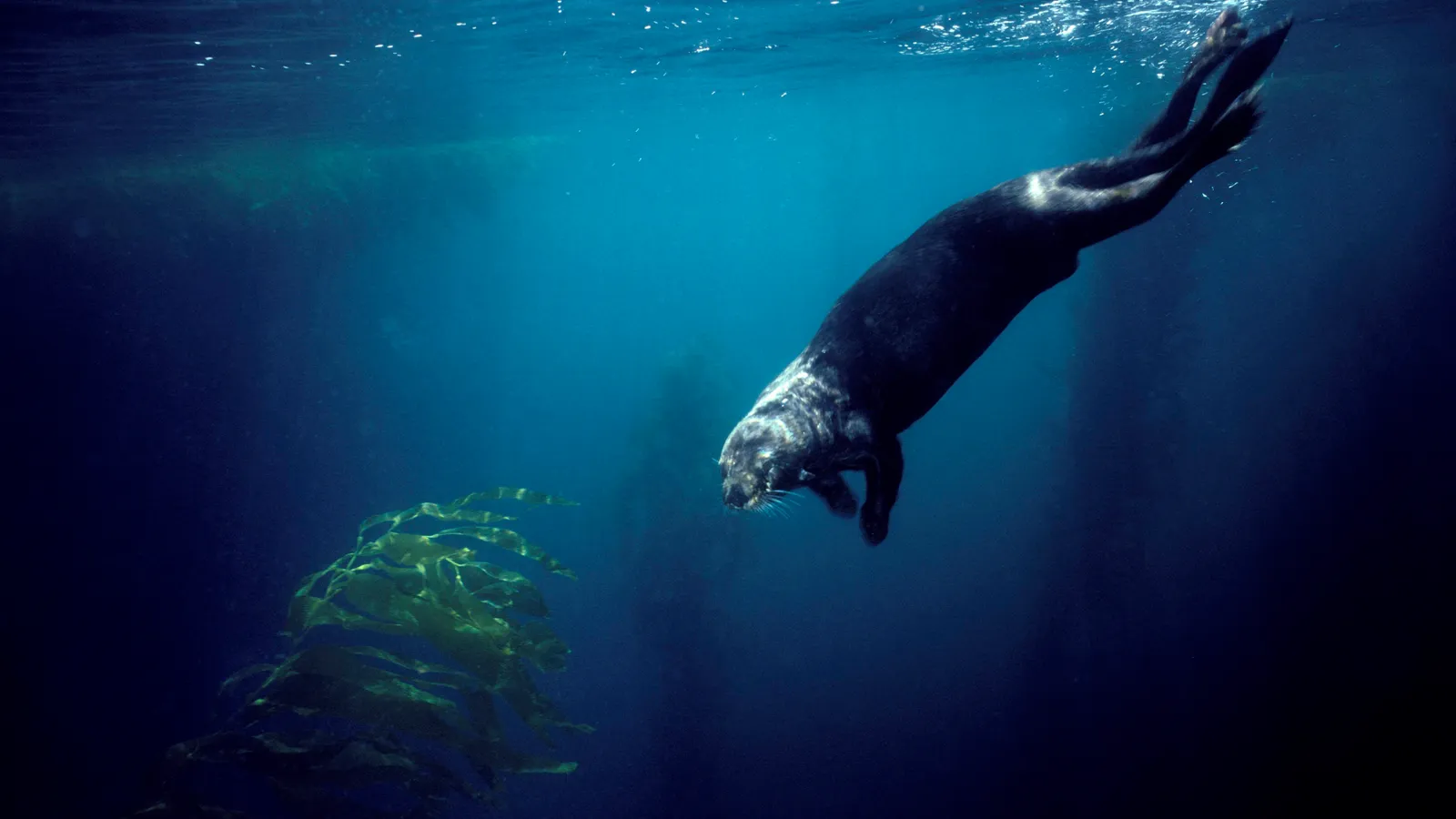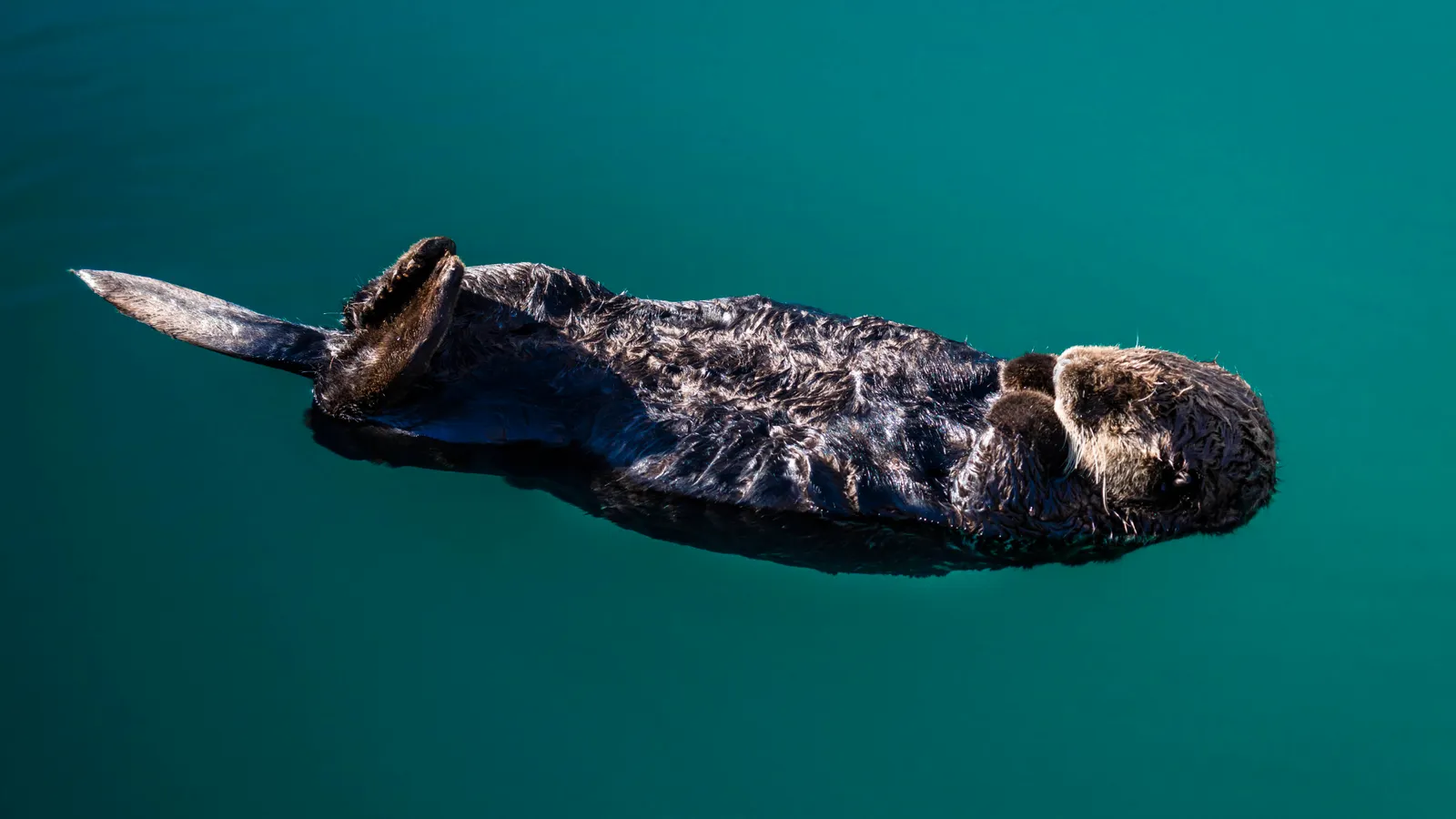Home
Future Planet
As we face the world's greatest environmental challenges, What we need most is solutions.
Future Plant brings you stories of the ways the world can become a more sustainable place.

Sea otters were hunted to the brink in the 19th Century fur trade, but their numbers have been slowly recovering since. The return of these playful creatures doesn't just transform their ecosystems, it can turn them into a powerful carbon sink.
Sea otters are creatures steeped in superlatives.
Enhydra lutris is the furriest animal on Earth, with up to 140,000 hairs on every square centimeter of its body – meaning its hairs are 700 times as dense as those on a human head. Unlike many other marine mammals, they lack blubber, so they keep themselves warm by eating a quarter of their body weight in food a day. Sea otters also play a singular role in supporting kelp forests ecosystems in the North Pacific.
Few other animals eat as much relative to their weight or play such a pivotal role in maintaining their environment, says Brent Hughes, a marine ecologist studying coastal habitats at Sonoma State University in California.
Now, scientists are studying how these marine mustelids may also be climate superheroes. Sea otters help ecosystems capture carbon from the atmosphere and store it as biomass and deep-sea detritus, preventing it from being converted back to carbon dioxide and contributing to climate change.
Sea otters were once widespread across coastal waters in the Northern Pacific Ocean, from Baja California to Alaska, all the way to rocky reefs in Russia and Japan. However, in the 1700s and 1800s, fur traders hunted their population down to about 2,000 animals. Since then, conservation efforts have allowed the otters to rebound somewhat, but some 2,500 miles (4,000km) of coastline in their historic range is still devoid of the furry mammals.
This loss of otters demonstrated their indispensable role in kelp forests. While diving in Alaska's Aleutian Islands in the 1970s, James Estes, a marine ecologist with the University of California, Santa Cruz, documented that kelp forests without sea otters essentially become underwater deserts. In contrast, in areas with otters, the kelp flourished – along with the diverse aquatic community that feeds and shelters among the seaweed. "Just in my own soul, it was an important thing," he says of his early observations of that stark difference. "I felt like I had learned something that was fairly remarkable."
These perpetually hungry mammals don't only protect kelp ecosystems. Sea otters can also benefit seagrass

The key to that difference has to do with sea otters' voracious appetites. In order to maintain their high metabolic rates, the mammals must eat constantly. Among their favorite foods are sea urchins, which are easy to catch and dense in calories. When present, sea otters eat so many urchins that the invertebrate's population stays low. "They have a disproportionately large impact on the ecosystem relative to their abundance," says Heidi Pearson, a marine biologist at the University of Alaska Southeast. This is what makes them a "keystone" species – without their presence, the stability of the entire ecosystem can be lost.